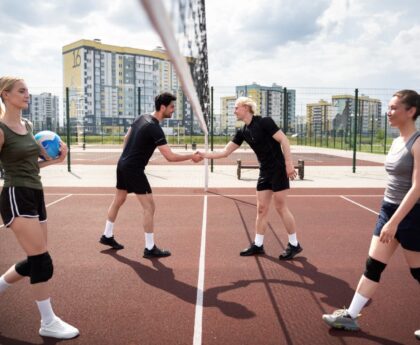Exploring statistics on access to education for different social groups and analyzing inequalities in this area.
Introduction:
Social equity in education is a key aspect of equity and community development. This topic explores differences in access, opportunities and learning outcomes between different social groups. Statistics in this area help to identify inequalities and identify interventions to create a more level playing field for all learners.
Access to education:
Statistical research can show how social status, economic status, and geographic location affect access to higher education. Analyzing data can help identify spatial disparities and unequal opportunities for quality education.
Financial Barriers:
Statistical data can reveal the impact of financial barriers on educational opportunity. Examination of tuition costs, scholarships, and financial support can reveal the extent to which these factors limit access to education for different social groups.
Quality of Education:
Analyzing statistics on the quality of education in different educational institutions and regions allows to reveal inequalities in learning. This may include assessing the level of teaching, the availability of modern learning resources and technologies, and opportunities for practical experience.
Bias and Discrimination:
Social equity is also related to overcoming bias and discrimination in education. Statistics can help identify unequal treatment and learning differences based on race, gender, ethnicity, and other social factors.
Coming from Marginalized Groups:
Research on statistics can help understand how students from marginalized and minority groups cope with educational challenges. This may include analyzing statistics on graduation, employment, and continuing education after school.
Inclusive Education:
Statistics on inclusive education practices can show how successfully instruction is adapted for students with special educational needs. This allows the effectiveness of inclusion approaches and their impact on equity to be assessed.
Measures for Overcoming Equality:
A study of statistics can also suggest what measures and policies are effective in tackling social inequalities in education. This may include support programs, scholarships, reforms in the education system, and other measures to improve accessibility and quality of learning for all.
Global studies and comparisons:
Comparing statistics between different countries and regions provides insight into how different cultural, economic and social factors affect social equity in education. This can help identify best practices and methods to overcome inequalities.
Exploring social equity in education through statistics is essential for creating a more equitable and inclusive education system that provides equal opportunities for all learners, regardless of their social status.




